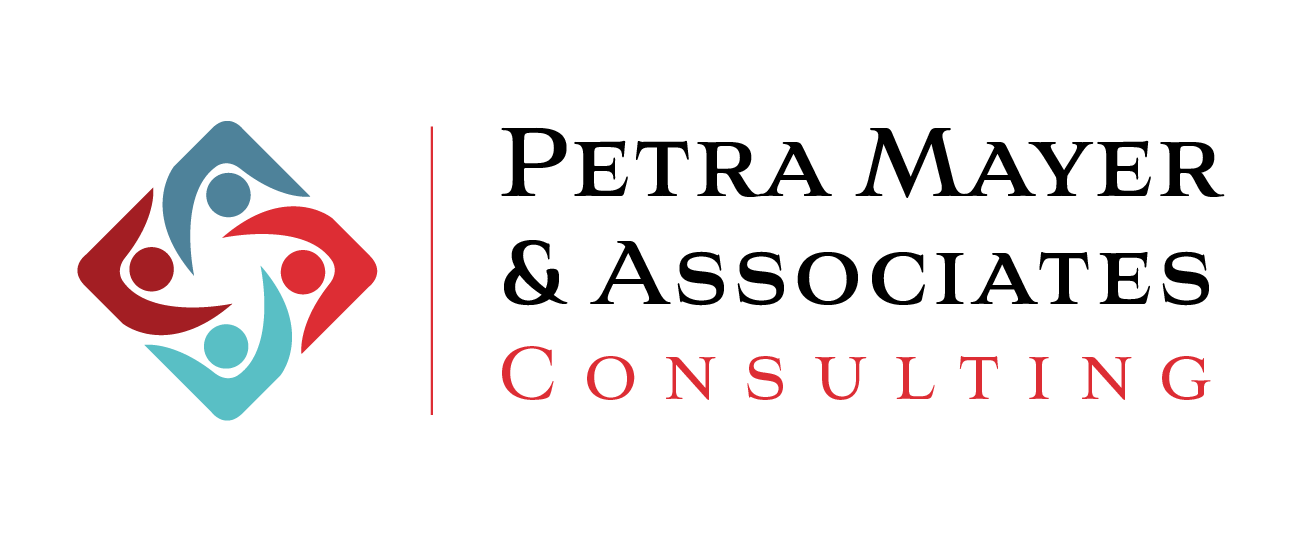The fast pace of technological advancements and shifting work models have created new challenges for organizations when it comes to learning and development (L&D). In order to stay competitive and meet the evolving needs of employees, it’s crucial to look at the current trends and existing pain points.
In 2022, we interviewed several industry experts to gather insight into different learning management systems (LMS), their ideal users, and the market’s current pain points. It became apparent that lack of engagement, the hybrid work model, poor learning materials and a general lack of relevance were at the top of the list.
This blog will delve deeper into these challenges and explore practical solutions to help organizations, HR professionals, and individual contributors overcome these pain points. From upskilling the workforce to aligning L&D with business objectives, learn how to streamline your L&D initiatives and drive growth.
Lack of Engagement:
In the era of ‘the great resignation’ and ‘quiet quitting,’ lack of engagement is becoming more common. This is a problem for organizations because it directly affects the effectiveness and success of their training programs. When employees are not engaged in their learning and development activities, they are less likely to retain information, apply it on the job, and see the value in the investment made by the company. This leads to a lower return on investment and a lack of employee skill and knowledge growth.
Employees know they have options, so if they are not feeling engaged or inspired, they will find an organization that is a better fit. Here are a few ways you can reengage employees and increase their productivity and overall morale:
Personalize the experience: Offer personalized learning paths and content that cater to individual needs and learning styles.
Foster a culture of continuous learning: Create an organizational culture that values and supports ongoing learning and development.
Embrace gamification: Utilize technology such as gamification, virtual reality, and social learning to make learning and development activities more engaging and interactive.
Encourage collaboration: Provide opportunities for employees to collaborate, network, and share their knowledge and experiences through group learning activities, mentoring programs, and peer-to-peer learning initiatives.
Provide opportunities for feedback and improvement: Encourage employees to provide feedback and suggestions on the learning and development process and use this feedback to improve continuously.
Make it accessible: Ensure that learning and development activities are easily accessible, flexible, and available at the right time for employees to participate.
Check out SpatialChat: not an LMS platform, but rather a virtual event platform that provides various tools for hosting online meetings, events, and conferences. They solve the pain point of lack of engagement in online training by providing a more interactive and immersive learning experience. The platform allows learners to engage with each other and instructors in real time, providing a more social and collaborative learning experience. The platform offers a range of features, including customizable avatars, interactive 3D spaces, and breakout rooms for small group discussions. Along with integrations with a range of third-party tools, including video conferencing and screen sharing tools, as well as LMS platforms like Moodle and Canvas.
The Hybrid and Remote Work Model:
The shift to working from home has had a profound impact on individuals and organizations around the world – both positively and negatively. On the one hand, we have a level of flexibility that did not exist a few years ago. The option to work from almost anywhere in the world gives professionals more control over their work-life balance. However, we are more technology-dependent than ever, relying on different communication, collaboration, and productivity platforms. Managers face new challenges in keeping their remote workers engaged and active in the company culture.
Here are a few ways to support the development of your employees and drive success in a hybrid work environment:
Embrace technology: Utilize technology to deliver virtual training and support remote employees with online learning resources.
Flexibility: Offer flexible learning options such as self-paced online courses, virtual instructor-led training, and micro-learning sessions.
Mobile friendliness: Ensure that ‘deskless’ employees have access to the same amount of training.
Check out TalentCards: a micro-learning platform designed to deliver bite-sized learning content to learners via mobile devices. While TalentCards shares some features with traditional LMS platforms, such as the ability to create and deliver training content and track learner progress, it is designed to support a specific type of learning that focuses on providing short bursts of information that learners can consume quickly and easily. They solve the pain point of hybrid and remote work models by putting training in people’s hands, no matter where they are in the world. The company is on a mission to make Talent Cards the go-to mobile training app for companies with deskless employees.
Poor Learning Materials:
Poor quality learning materials can significantly impact the effectiveness of learning and development. These materials may not provide sufficient information or be engaging or interactive enough to hold the learner’s attention. This can result in a lack of motivation and difficulty retaining information. Poor materials may also not align with the learner’s needs and learning style, making it difficult for the learner to grasp and apply the material. This can lead to a disconnect between what is being learned and what is needed for growth and development. To overcome this challenge, seeking high-quality learning materials that are relevant, engaging, and aligned with the learner’s goals and needs is crucial.
Make materials interactive: Incorporate interactive elements such as quizzes, games, and simulations to engage learners and encourage active learning.
Use multimedia: Utilize a mix of text, images, audio, and video to provide different ways to absorb information and appeal to different learning styles.
Keep materials up-to-date: Regularly update learning materials to reflect industry standards, best practices, and technology changes.
Provide clear and concise explanations: Ensure that the materials are easy to understand and free of jargon.
Personalized learning: Offer customized learning paths that cater to individual learning styles and goals.
Utilize gamification: Make learning fun by incorporating game-like elements such as rewards, points, and progress tracking.
Encourage feedback: Ask for feedback from learners and make changes based on the feedback received.
Make materials accessible: Ensure they are accessible to all learners, regardless of their abilities or disabilities.
Provide hands-on experience: Offer opportunities for learners to apply what they have learned in real-world scenarios.
Check out Situation Expert: Situation Expert offers a unique approach to learning that is based on real-life scenarios and problems. They solve the problem of poor learning materials by providing a library of interactive simulations and case studies that simulate real-world situations, allowing learners to apply their knowledge in a practical and relevant way. This ensures that learners receive training that is more engaging, memorable, and effective than traditional classroom or e-learning methods.
Lack of Relevance:
Lack of relevance is a significant pain point in learning and development as it can cause disinterest and make it difficult to retain information. When the material being learned is not applicable or relatable to the learner’s life or work, it can be challenging to maintain focus and engagement. This can lead to frustration and a disconnect between what is being learned and its real-world implications. To overcome this challenge, seeking learning opportunities relevant to one’s personal or professional goals is essential. By making the material relatable, learners are more likely to be motivated, engaged, and able to retain the information.
Relevance to real-world situations: Ensure that the materials and activities used in learning and development are relevant to real-world situations and practical applications.
Customize learning: Offer personalized and customized learning experiences to cater to individual needs and interests, making the content more relevant to the learners.
Incorporate current trends: Stay current on industry trends and incorporate them into the learning materials to ensure the content is up-to-date and relevant.
Collaborate with industry professionals: Partner with industry professionals to provide relevant insights, case studies, and practical examples that can enhance the relevance of the learning.
Engage in hands-on activities: Encourage hands-on activities and simulations that allow learners to apply the concepts they have learned, making the content more relevant and memorable.
Check out Thinking Cap: Thinking Cap is an LMS platform that offers personalized learning experiences to each learner based on their needs, skills, and interests. They solve the problem of lack of relevance by providing adaptive learning technologies that can identify gaps in a learner’s knowledge and create customized learning paths to fill those gaps. This ensures that learners receive training that is relevant to their specific needs, leading to increased engagement and motivation. They also provide real-time analytics and reporting that can help instructors and administrators track learner progress and identify areas for improvement. This data can be used to refine training content and ensure that it remains relevant and effective over time.
There are many incredible platforms that help organizations deliver and create high-quality training materials and programs. To see all our interviews, click here.
By leveraging these technologies, organizations can ensure that their training programs are engaging, relevant, and practical, leading to improved learning outcomes and increased ROI on their training investments. In today’s rapidly changing business environment, the ability to adapt and learn quickly is more important than ever. Organizations that invest in effective learning and development strategies will be better equipped to succeed in the long run.


